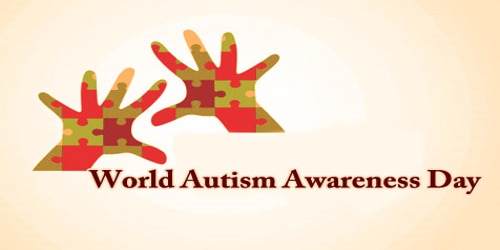Acculturation is a process of social, psychological, and cultural change that results from the integration of two cultures while adapting to the society’s dominant culture. It is a process that occurs when individuals or groups from various cultures engage with one another, resulting in changes in their cultural patterns.
Acculturation is the process by which an individual adopts, acquires, and adjusts to a new cultural context as a result of being placed in a new culture or being exposed to another culture. This process involves the exchange of cultural aspects between different cultural groups, such as conventions, beliefs, values, and behaviors. Acculturation can occur through a variety of processes, such as migration, colonization, globalization, and intercultural contact.
Individuals from a different culture attempt to integrate into the newer, more common culture by partaking in features of the newer, more prevalent culture, such as their traditions, while retaining their original cultural beliefs and traditions. Acculturation has numerous impacts in both devotees of the dominant culture and those who are assimilating into the society.
Key points to understand about acculturation include:
- Cultural Contact: It usually happens when two or more cultural groups interact with one another. This interaction can be voluntary, as when individuals or groups opt to relocate to a new country, or it can be involuntary, as in colonization or forced assimilation.
- Cultural Change: It causes changes in the cultural practices and identities of the groups concerned. Language, attire, food, religious practices, and other aspects have all changed.
- Directionality: It can be bidirectional, which means that both cultural groups participating in the relationship impact the cultures of the other. However, it is frequently asymmetrical, with one culture having a greater influence on the other.
- Integration Strategies: Acculturating individuals or communities may use a variety of ways to navigate the process. Assimilation (adopting the dominant culture’s practices while abandoning one’s own) to separation (retaining one’s original culture while avoiding contact with the dominant culture) to integration (retaining components of both cultures in one’s identity) are examples of these techniques.
- Acculturation Outcomes: It can have a wide range of results. Some people or groups may fully accept the prevailing culture, while others may retain a strong connection to their native culture. Acculturation can result in cultural hybridization, in which aspects from both cultures are combined.
- Challenges: Acculturation can be accompanied by various challenges, including cultural conflicts, identity crises, discrimination, and issues related to social integration. These challenges can affect the psychological well-being of individuals and communities.
- Cultural Diversity: Acculturation contributes to cultural diversity and the richness of societies by bringing together diverse cultural perspectives and practices. It can lead to the development of multicultural societies that value and celebrate different cultural backgrounds.
Research and Studies
Acculturation is frequently studied by scholars in subjects such as anthropology, sociology, and psychology to better understand its processes, affects, and implications for individuals and societies. This research can help shape policies and treatments aimed at improving outcomes for those undergoing acculturation.
Overall, acculturation is a complicated and multifaceted process that shapes the cultural landscapes of nations all over the world. Acculturation must be approached with compassion and respect for the cultural diversity it generates, as well as with consideration for the well-being of individuals and communities through this process.
















